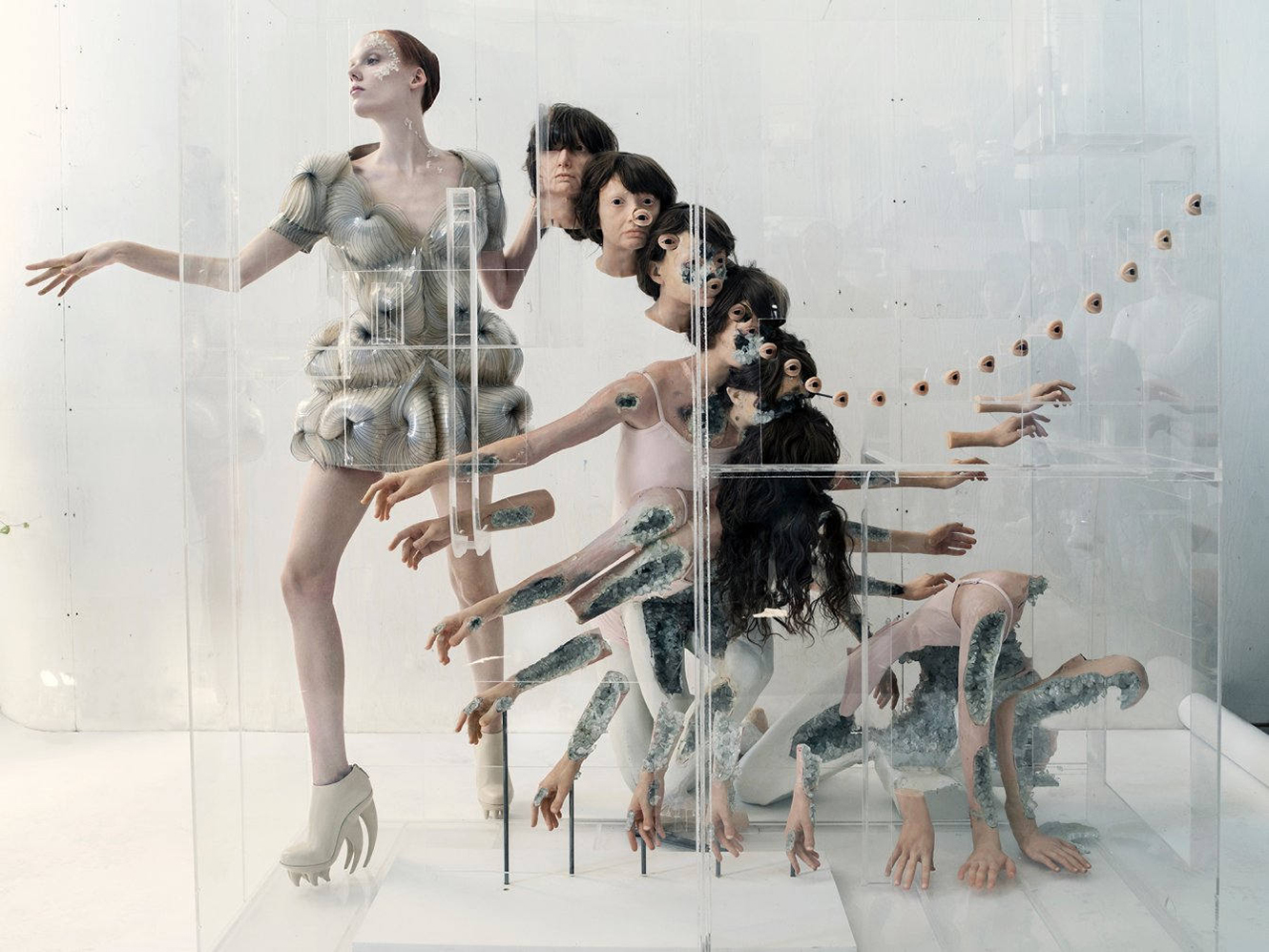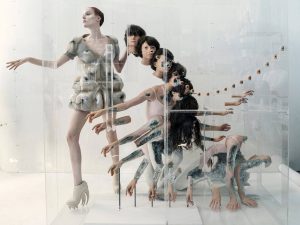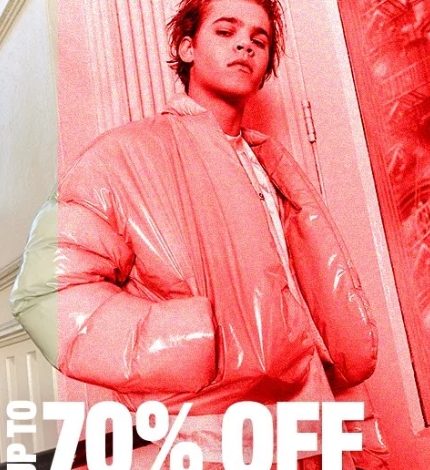
The Intersection of Technology and Fashion Design
As a technology enthusiast and fashion lover, I cannot help but be fascinated by the ever-evolving intersection of these two seemingly disparate industries. Over the years, technology has gradually seeped into every aspect of our lives, and the world of fashion is no exception. From innovative fabrics to smart accessories, the collaboration between technology and fashion has given birth to a whole new realm of possibilities and trends.

One of the most exciting developments in this fusion is the use of 3D printing in fashion design. It’s mind-blowing to think that designers can now turn their wildest imaginations into reality with just a few clicks. 3D-printed garments and accessories not only push the boundaries of creativity but also offer sustainable solutions. By customizing the production process to each individual’s unique measurements, wastage is minimized, and the idea of mass production takes on a whole new meaning.
Similarly, the use of wearable technology has revolutionized the fashion industry. Gone are the days when technology was solely confined to gadgets and devices. Now, it seamlessly integrates into the very fabrics we wear. Fitness trackers, smartwatches, and even clothing embedded with sensors have become commonplace. Who would have thought that a simple blouse could monitor your heart rate or a pair of shoes could track your steps? The marriage of fashion and technology has given birth to functional yet stylish wearables that empower individuals to take control of their health and well-being.
Moreover, the fashion industry is increasingly embracing augmented reality (AR) and virtual reality (VR) as a means to enhance the customer experience. Picture this: you walk into a clothing store and instead of trying on multiple outfits, you simply put on a headset and instantly transport yourself into a virtual fitting room. You can see yourself wearing the latest trends without even having to change clothes. This blend of technology and fashion allows shoppers to explore different styles and experiment with their wardrobe choices, all from the comfort of their own homes.
Furthermore, sustainability has become a rising concern in the fashion industry. Recognizing the environmental impact of fast fashion, designers are turning to technology to create more sustainable alternatives. For instance, the development of innovative fabrics made from recycled materials or biodegradable fibers is not only reducing waste but also creating a new avenue for eco-conscious fashion. Additionally, the use of artificial intelligence (AI) in supply chain management is helping designers optimize their production processes, minimize waste, and make informed decisions that benefit both the environment and consumers.
In the realm of fashion shows, technology has completely transformed the traditional runway experience. With the advent of live streaming and virtual reality, fashion shows are no longer confined to a select few in attendance but have become global events accessible to anyone with an internet connection. The democratization of fashion allows individuals from all corners of the world to witness the latest collections in real-time and experience the thrill of the runway firsthand. It has also opened up opportunities for emerging designers to showcase their talent on a global stage, where they may have otherwise struggled to get noticed.
However, despite all the advancements and possibilities technology has brought to the fashion industry, it is essential to strike a balance. Fashion is an art form that needs human creativity and genuine craftsmanship to thrive. The touch of a skilled hand and the attention to detail that only a human designer can provide is what sets fashion apart from a mere product of technology.
In conclusion, the intersection of technology and fashion has ushered in a new era of innovation and possibility. From 3D printing to wearable technology, augmented reality to sustainability, and virtual fashion shows to AI-driven supply chains, the fusion of these two industries is reshaping the way we perceive, create, and consume fashion. As technology continues to evolve at a rapid pace, I am excited to witness the endless possibilities it will bring to the world of fashion, while still cherishing the artistry and craftsmanship that make fashion a truly unique and personal form of expression.



